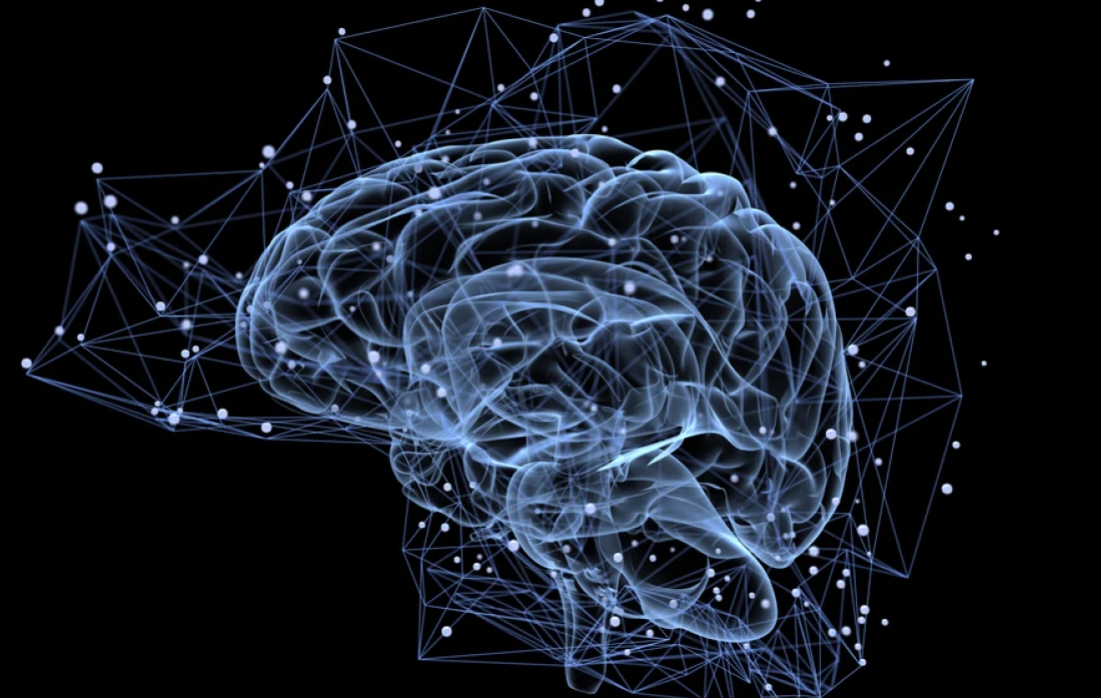Neuroscience Study
6-3 Create a Lively Visual Metaphor or Analogy 본문
6-3 Create a Lively Visual Metaphor or Analogy
siliconvalleystudent 2022. 3. 27. 14:49One of the best things you can do to not only remember, but understand concepts, isto create a metaphor or analogy for them; often the more visual the better. A metaphor is just a way of realizing that one thing is somehow similar to another. Simple ideas like one geography teacher's description of Syria is shaped like a bowlof cereal, and Jordan as a Nike Air Jordan sneaker, can stick with a student for decades. If you're trying to understand electrical current, it can help to visualize itas water. Similarly, electrical voltage can feel like pressure. A push. As you climb toa more sophisticated understanding of whatever topic you're concentrating on, youcan revise your metaphors or toss them away and create more meaningful ones.
Metaphors and visualization, being able to see something in your mind's eye, havebeen especially helpful not only in art and literature, but also in allowing thescientific and engineering world to make progress. In the 1800s for example, whenchemists began to imagine and visualize the miniature world of molecules, dramatic progress began to be made. Here's a fun illustration of monkeys in a benzene ringfrom an insider spoof of German Academic Chemical Life printed in 1886. Note thesingle bonds, or the monkeys' hands, and the double bonds with their tiny little tails.
It's often helpful to pretend that you are the concept you're trying to understand. Put yourself in an electron's warm and fuzzy slippers as it burrows through a slab of copper. Or sneak inside the X of an algebraic equation and feel what it's like to pokeyour head out of the rabbit hole. But just don't let it get exploded by an inadvertentdivide by zero. In chemistry, compare a Cation with a cat that has paws and istherefore pawsitive. And an Anion with an onion that's negative, because it makesyou cry. Metaphors are never perfect, but then in science, all models are justmetaphors which means they break down at some point. But never mind that.
Metaphors and models are often vitally important in giving a physical understanding of the central idea behind the process or concept you are trying tounderstand. Interestingly, metaphors and analogies are useful for getting peopleout of Einstellung, that is, being blocked by thinking about a problem in the wrongway. For example, telling a simple story of soldiers attacking a fortress from manydifferent directions at once can open creative paths for students to see how manylowZintensity rays can be effectively used to destroy a cancerous tumor. Stories, even if they're just used as silly memory tricks, can also allow you to more easilyretain what you're trying to learn. Metaphors also help glue an idea into your mind because they make a connection to neural structures that are already there. It's likebeing able to trace a pattern with tracing paper. Metaphors at least help you get asense of what's going on.
I'm Barbara Oakley. Thanks for learning how to learn.
'Learning How to Learn > 6. Unlocking Your Potential' 카테고리의 다른 글
| 6-6 The Value of Teamwork (0) | 2022.03.29 |
|---|---|
| 6-5 Change Your Thoughts, Change Your Life (0) | 2022.03.27 |
| 6-4 No Need for Genius Envy (0) | 2022.03.27 |
| 6-1 How to Become a Better Learner (0) | 2022.03.27 |
| 6-2 Introduction to Renaissance Learning and Unlocking Your Potential (0) | 2022.03.27 |
